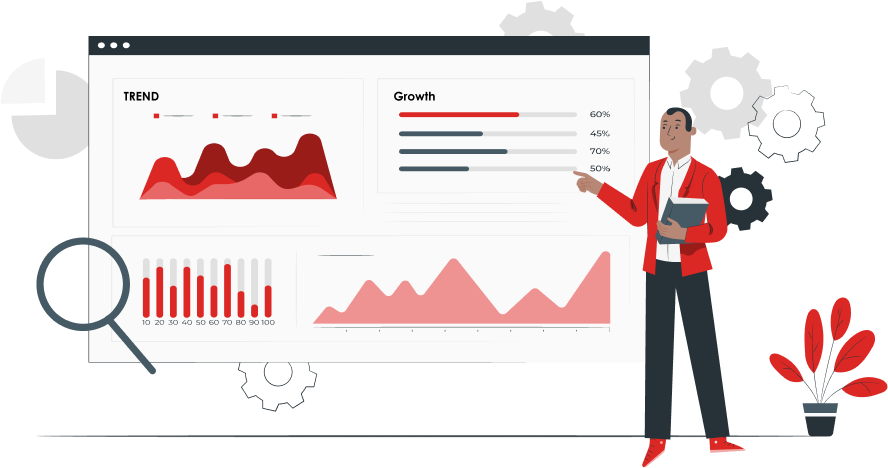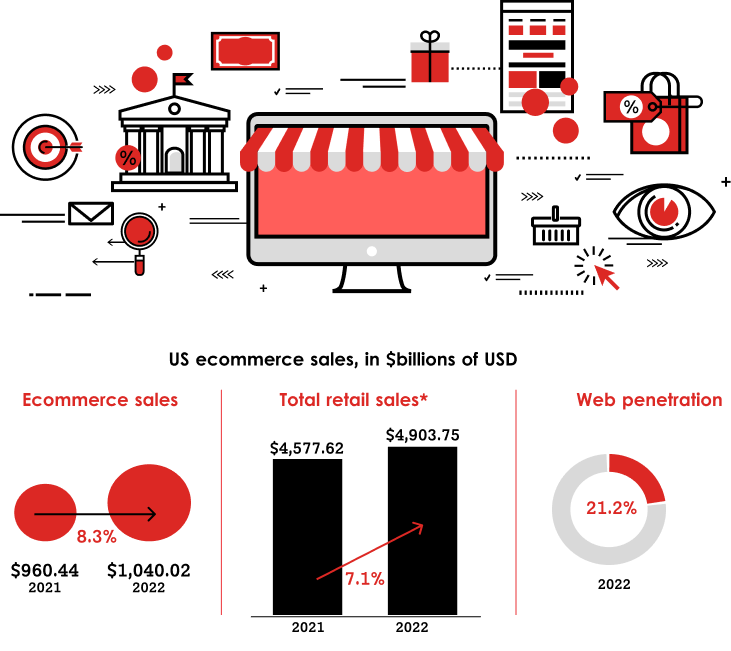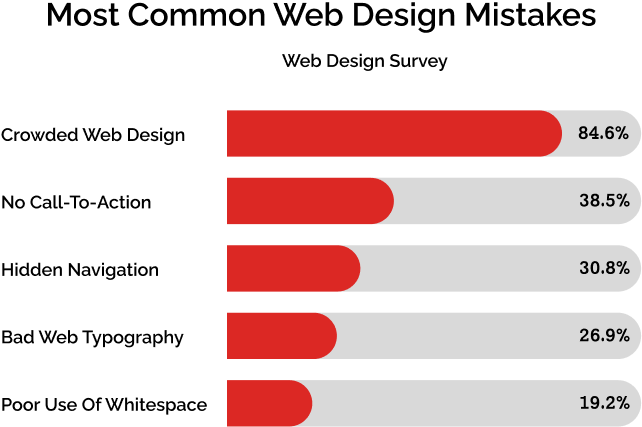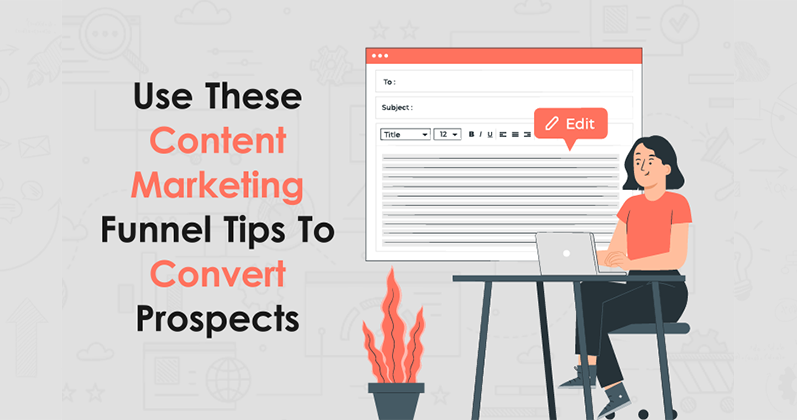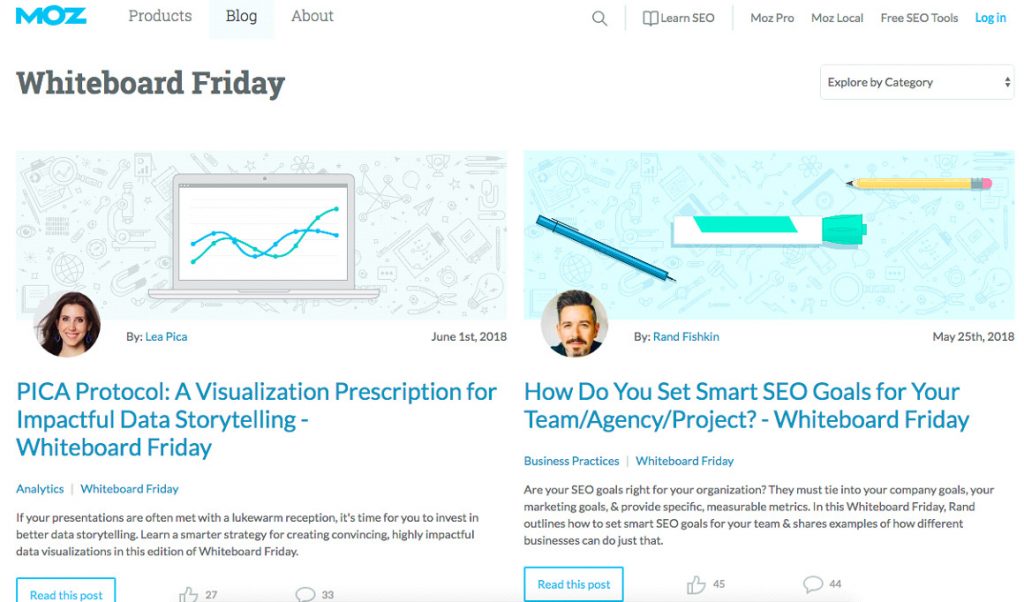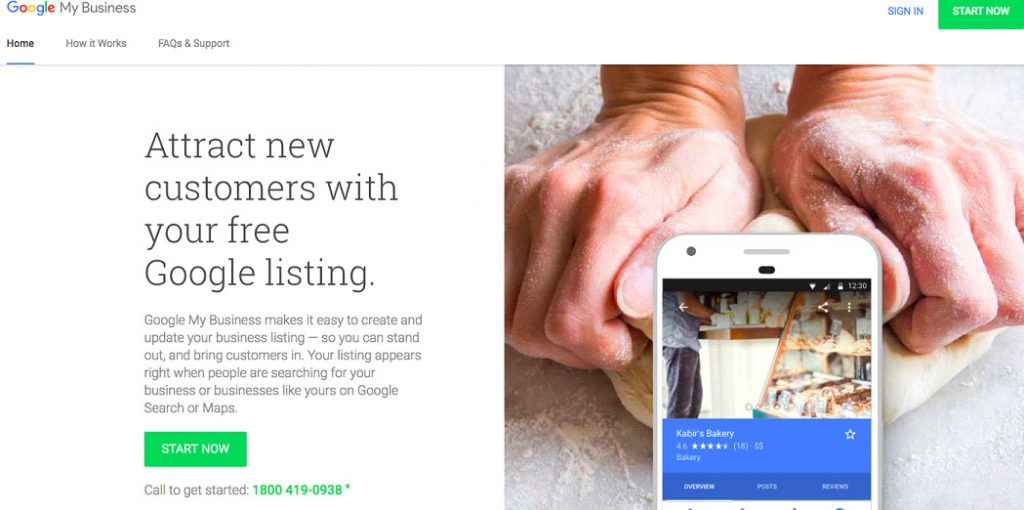General Website Design Statistics
The design of the website is paramount for a business’s success. This is why brands nowadays are paying great attention to their overall usability, look, and feel. Here are some general website design statistics that cement the importance of having a good website design:
People turn to the internet for everything. Whether they are looking to shop online or for any other information. This is the reason why there has been a constant increase in the number of websites. Every business needs to have an online presence. Acknowledging this fact, the number of websites has increased to 1.09 billion in 2024.
2. A majority of the businesses in 2024 have a website:
According to studies, around 71% of businesses have a website. Again, this trend is testimony to the fact that consumers are increasingly using the Internet to shop for products and services of all kinds. With the emergence of code-free website builders, it is very easy for businesses of all sizes to build a website of their own.
3. It takes around $3200 to design a website:
To design a basic website, you will need around $3200. For smaller enterprises, this is a very big investment. Hence, small business owners must be very careful about how they design their websites and what features they add.
4. Designing a basic website requires a minimum of three months:
Designing a website requires proper conceptualization, designing, preparing, and testing. It is a lengthy process! Therefore, if you plan to design a basic website, you will need at least three months.
